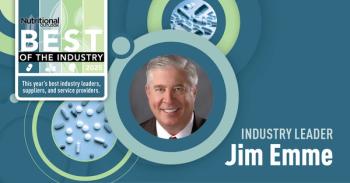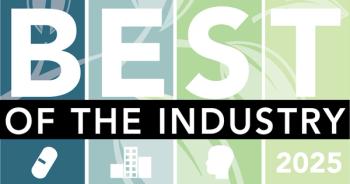
|Slideshows|September 15, 2015
- Nutritional Outlook Vol. 18 No. 7
- Volume 18
- Issue 7
What Does Non-GMO Certification Cost? 5 Things to Know
Author(s)Melissa Kvidahl Reilly
Deciding whether or not to go non-GMO? Here are five points to consider.
Advertisement
Articles in this issue
about 10 years ago
What Makes Palm Oil a Top Replacer for Partially Hydrogenated Oils?about 10 years ago
Infant Formula Market Opportunitiesabout 10 years ago
Bone-Health Cofactors: New Science on Vitamin D, K2, Magnesium, and Zincabout 10 years ago
Weight Management and Nutrition Strategies for Childrenabout 10 years ago
Topical and Ingestible Cosmetics Get Togetherabout 10 years ago
Energy Drinks Are Still Going Strongabout 10 years ago
New Breakthroughs in Omega-3 Researchover 10 years ago
Preparing for FDA's Review of Animal Food Ingredientsover 10 years ago
Non-GMO Riding on Organic’s Coattails?Newsletter
From ingredient science to consumer trends, get the intel you need to stay competitive in the nutrition space—subscribe now to Nutritional Outlook.
Advertisement
Advertisement
Advertisement
Trending on Nutritional Outlook - Supplement, Food & Beverage Manufacturing Trends
1
Artemis International: 30 Years of Science-Backed Berry and Botanical Innovation
2
Certifications, Clinical Trials, and Consumer Trust: How SGS NutriSource Serves the Industry
3
New LOAM prebiotic fiber formula includes NutriLeads’ Benicaros ingredient
4
A Leader for the Times: NOW Health Group's Jim Emme on Thoughtful Leadership
5





